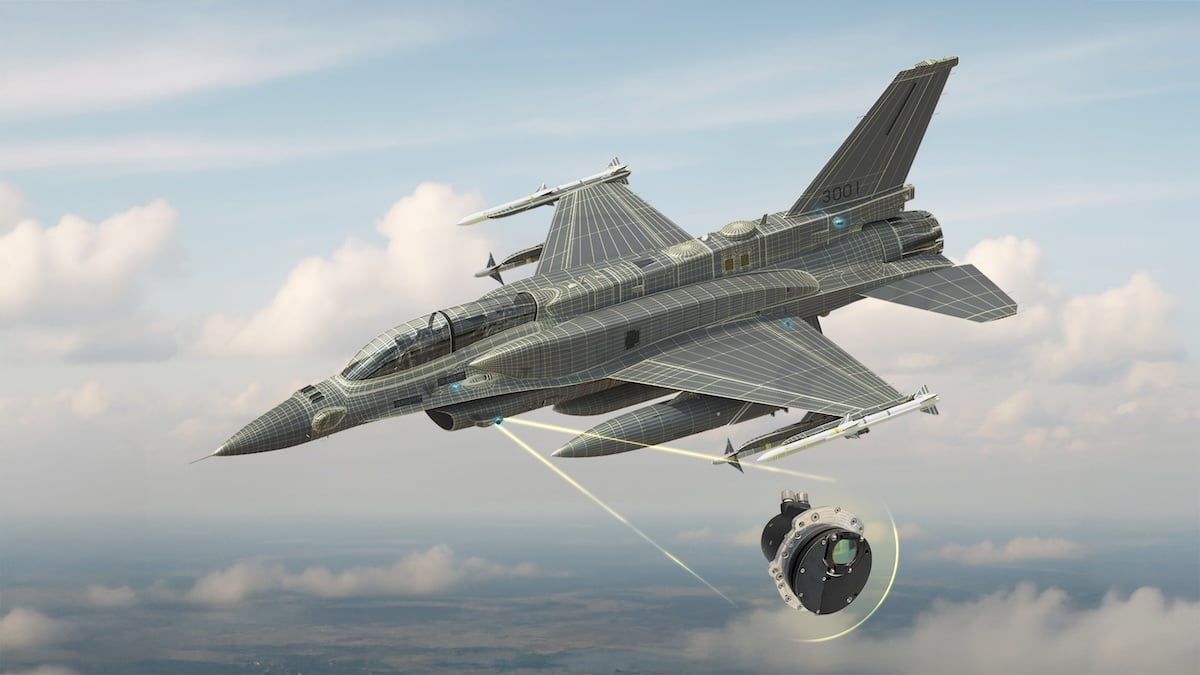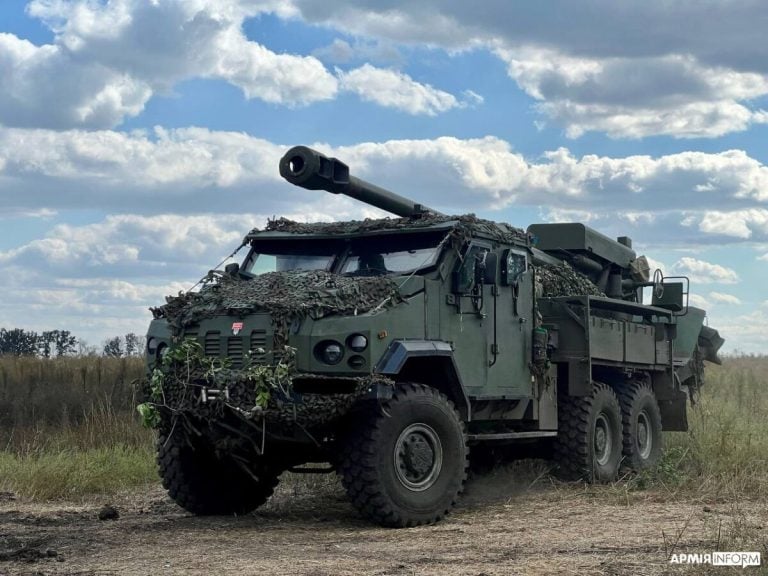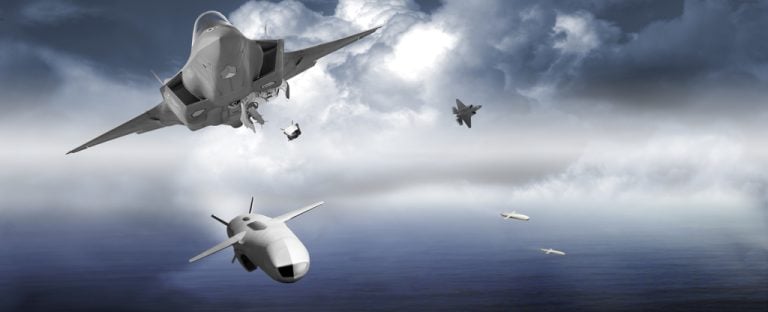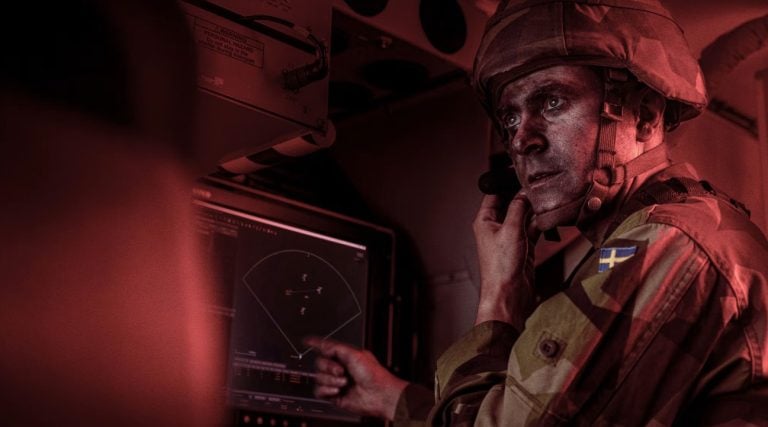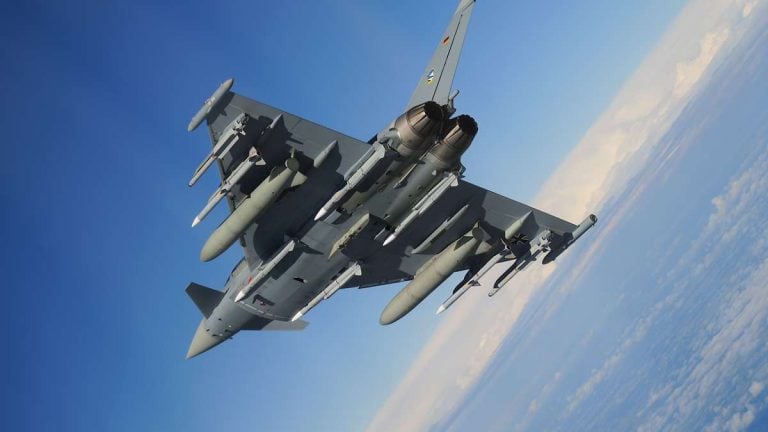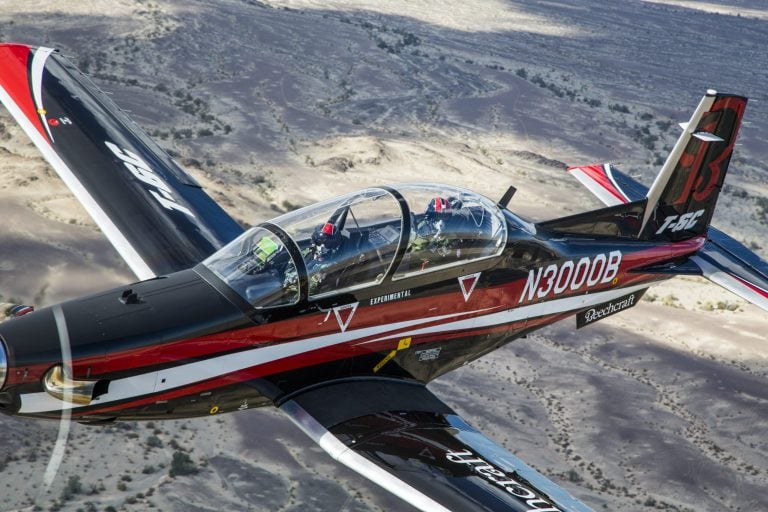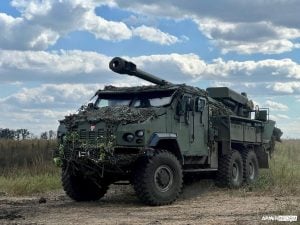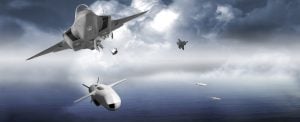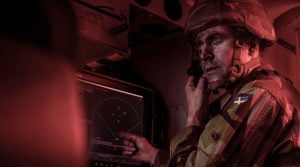Israeli defense contractor Elbit Systems is gearing up to showcase its next-generation infrared missile warning system (MWS) at the highly anticipated Paris Air Show scheduled from June 16 to 22. The new system, known as PAWS-2 (HR), is designed to significantly bolster the survivability of various military aircraft, including fighter jets, transport aircraft, and helicopters, operating in complex and high-threat environments.
Equipped with a new-generation cooled Mid-Wave IR Common-MWS sensor, the PAWS-2 (HR) boasts an impressive resolution of over five megapixels. This advanced sensor capability allows for the early detection of a diverse array of threats, such as surface-to-air missiles, air-to-air missiles, and man-portable air-defense systems (MANPADS) that use infrared and other seeker technologies. The system’s enhanced detection capabilities lead to quicker response times, a critical factor in modern aerial warfare.
One of the standout features of the passive infrared MWS is its ability to provide military aircraft with long-range detection and precise launch point geolocation. This advancement not only improves the system’s threat discrimination and classification but also optimizes countermeasure timing. As a result, the PAWS-2 (HR) reduces false alarm rates and minimizes operational distractions for the crew.
In addition to these capabilities, the system operates at a high sampling rate, continuously monitoring the aircraft’s surroundings. This allows it to identify hostile fire, including small arms bursts, rocket-propelled grenades, and anti-tank guided missiles. By alerting the crew to these threats, the system significantly enhances situational awareness, a vital component for maintaining operational effectiveness in contested environments.
Elbit Systems’ unveiling of the PAWS-2 (HR) at the Paris Air Show is expected to generate significant interest among military officials and defense contractors, as the demand for sophisticated threat detection systems grows in response to evolving aerial combat scenarios.
